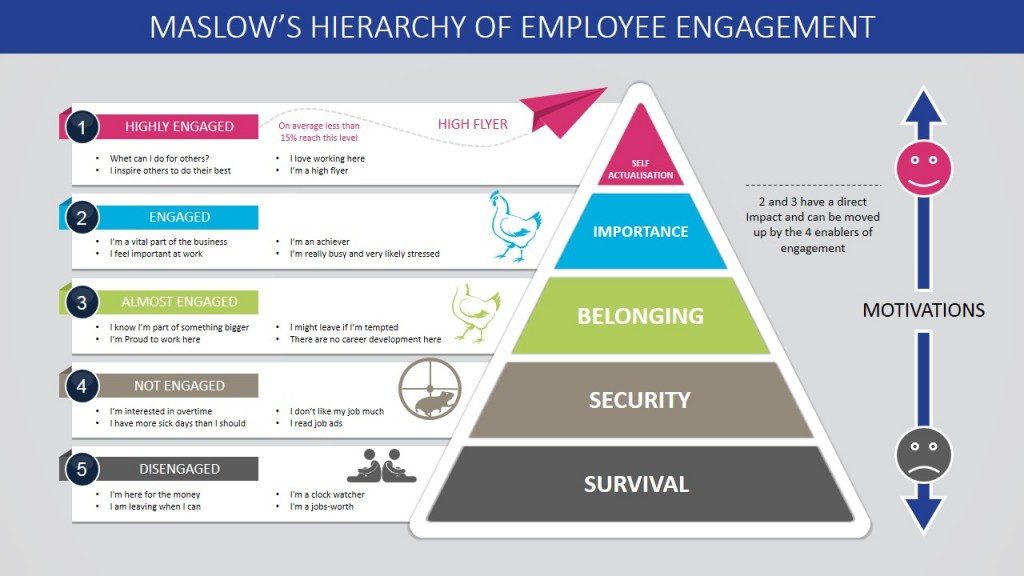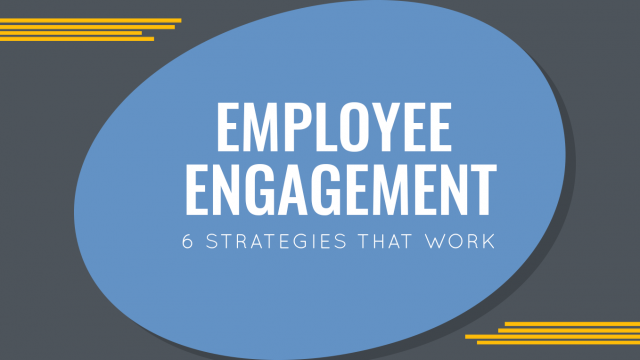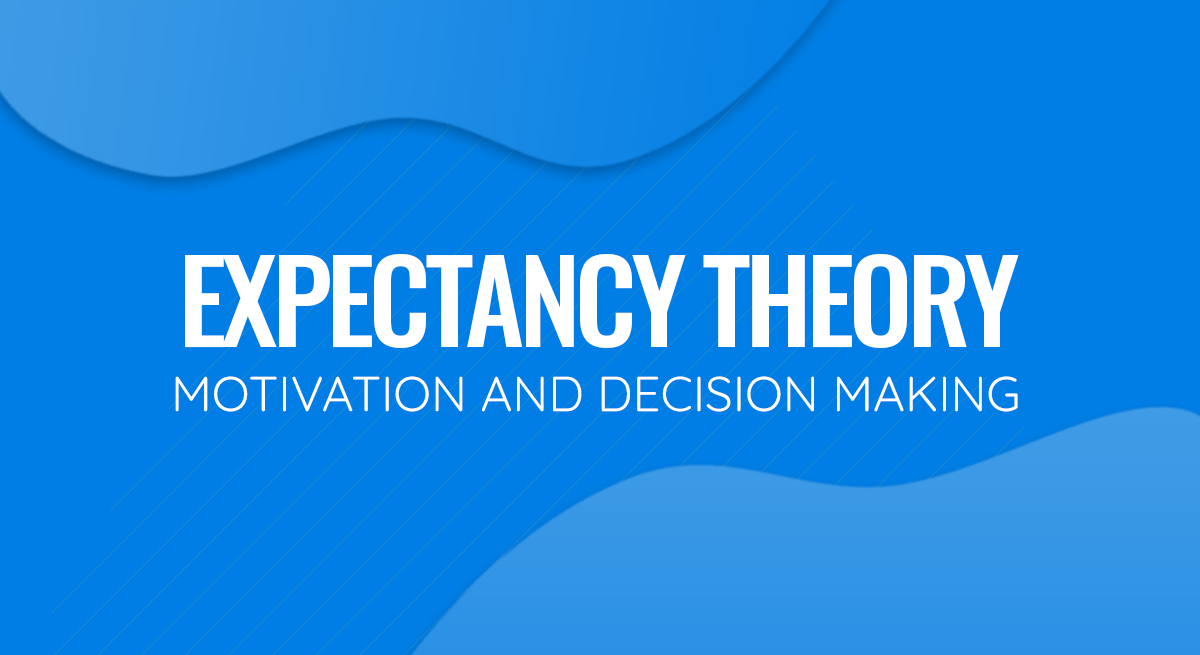
Some employees reach early, work hard and stay late to do their job to the best of their abilities. Then some employees have punctuality issues, are lazy, and seem to lack motivation. Several questions arise: What distinguishes the two? Can you motivate everyone to be at the same level? If you’re a manager looking to answer these questions, the Expectancy Theory of Motivation and Decision Making might hold the answers for you.
What is the Expectancy Theory of Motivation?
Victor H. Vroom developed the Expectancy Theory in 1964 due to his study related to motivations that guide decision making. The theory addresses the need for organizations to provide rewards to employees based on their performance, to ensure that the given reward is well deserved, and desired by the one who receives it.
The Expectancy Theory is relevant for managers, as it can help them better understand the motivations of their team and enable them to motivate them for optimum workplace performance.
The Three Variables of the Expectancy Theory
The Expectancy Theory has three primary variables, i.e., expectancy, instrumentality, and valence. Understanding these three variables is key to understanding employee motivation to propel your team to optimize their performance. It is worth mentioning here that every team member has different motivations, and what might work for one might not work for another. You cannot expect everyone to be content with making long reports, complex presentations, and spending extra hours at the workplace. Since some employees might see the effort and reward differently from what the management perceives it to be.
Expectancy: Effort -> Performance (E->P)
The belief that if you work hard and put in a lot of effort (E), you will achieve the targets set for you by your manager. In other words, you’re looking to use effort to enhance your performance (P). So, expectancy is E->P.
You might use several factors to achieve this, such as your experience, confidence in getting the job done based on your skill and abilities, and how difficult you consider the target to be. Some employees can be overwhelmed with responsibilities that they are not yet ready for, just like when people are promoted but fail to perform their duties fittingly, falling prey to the Peter Principle.
Instrumentality: Performance -> Outcome (P->O)
Instrumentality believes that when someone works to achieve targets, their performance (P) will be rewarded for achieving those goals. This outcome (O) can be the basis of good performance. Hence, P->O.
When you join an organization and work hard to achieve targets, the natural outcome should usually be to get rewarded for your performance. But does this always happen in organizations? The simple answer is no! Many employees fall prey to petty politics, lobbying, nepotism, and a lack of organizational discipline in maintaining the reward system to motivate employees.
Valence: Outcome -> Reward (V(R))
Valence is the value that the employee perceives for his hard work and good performance, resulting in an outcome (O), leading to the reward (R). If the employee believes that the outcome might result in the compensation deemed worthy for his/her effort, this might result in the employee being motivated enough to perform well. Hence, the final piece of the expectancy variable is (V(R)).
Valence is something managers, and organizational heads can often fail to account for when planning to reward their employees. For example, if an employee receives a 10% salary increase for achieving targets, which results in additional tax, reducing his actual earning, will such an employee find that 10% salary increase worth the effort? Would this not lead to employee demotivation? These are questions that need to be addressed to motivate employees while accounting for valence.
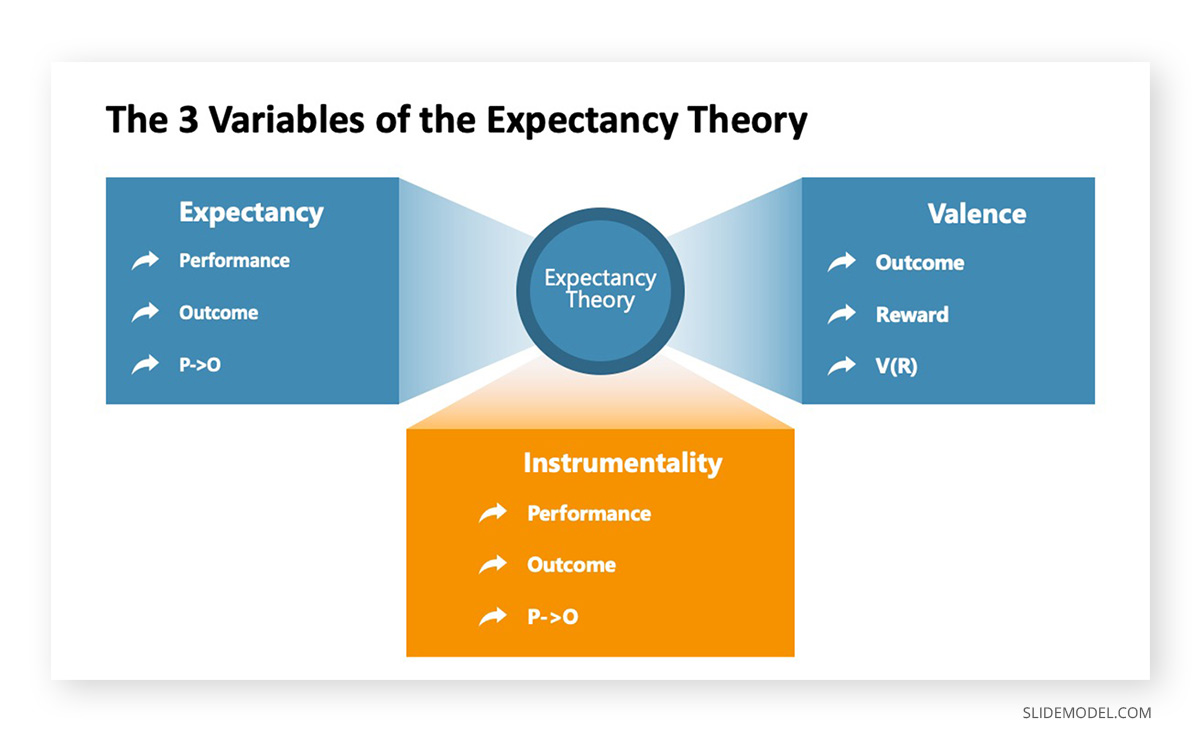
Using the Expectancy Theory for Effective Organizational Management
In some organizations, certain types of promotions can be limited to tenure or other variables which some employees have no hope of meeting. Would they be motivated enough to work as hard as they would if they knew their hard work would be following their desired reward? These are essential questions that management needs to address for employee motivation.
The reward system in organizations can often be flawed, resulting in employee demotivation due to a lack of understanding of what people in the organization deem rewarding. Some employees are motivated by an increase in salary or acknowledgment for their efforts, such as custom awards at FineAwards and certificates. However, people who have several years of experience under their belt and have a good salary scale might find it more attractive to get a designation which they perceive to be rewarding enough to acknowledge their authority within the organization.
Managers can use the Expectancy Theory to understand better what motivates their team members by analyzing expectancy, instrumentality, and valence variables. There are some ways this can be done. For example, a survey can be conducted across the organization to analyze employee motivation. Similarly, managers can use their own experience to understand what their team members desire and motivate them accordingly.
Even when an organization might not be able to afford the type of reward employees desire, methods are used to optimize productivity through motivation. Companies like Amazon have successfully achieved this by giving company shares to employees. This was done when the company was not the world’s largest online retailer and found its feet. The employees were motivated enough to work hard to grow since they felt a significant stake in the business.
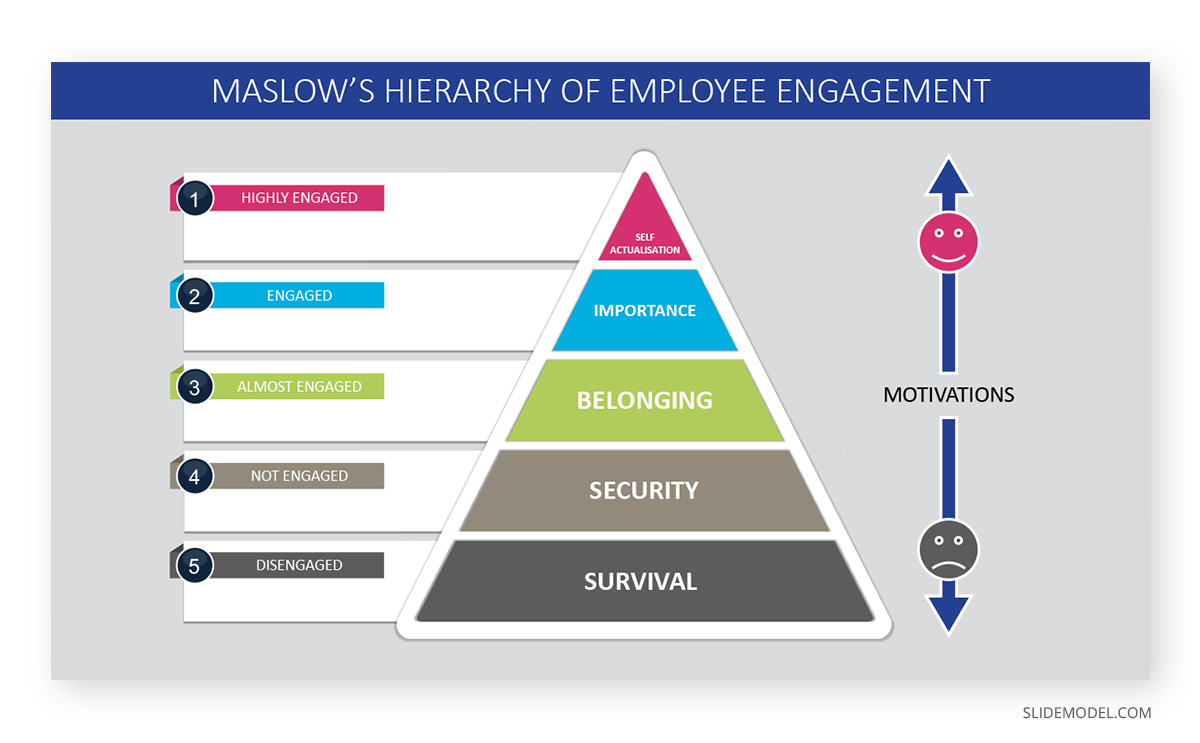
Limitations of the Expectancy Theory
In many cases, the Expectancy Theory can appear idealistic, as many employees might not perceive the relation between performance and reward. Furthermore, in many organizations, the reward is not associated with performance, as people with better lobby or position might exploit the situation to their advantage. Moreover, education, responsibility, and a better designation might also lead to a better reward. Businesses often fail to understand that it is not just reward associated with money, titles, awards, and share options that make an organization but also comradeship, which genuinely makes the team. Seeing a colleague getting fired can have a demotivating effect on an employee. This might even lead to other employees eventually resigning from the organization.
While companies like Amazon have no shortage of people signing up to be hired by them, losing an experienced and motivated employee with institutional memory can have a dent that is hard to understand until it has increased in diameter over time. Perhaps in this scenario, the Vroom-Yetton or the Vroom-Jago model of decision making is worth mentioning. This model provides five decision-making processes, with autocratic, consultative, and collaborative processes presented as decision-making styles that leaders can use for making effective decisions. The book by Victor H. Vroom and Philip W. Yetton titled ‘Leadership and Decision-Making’ explore many adequate decision-making dimensions. You can also explore our articles related to management, leadership, and decision-making.
Final Words
The Expectancy Theory, despite its limitations, can be used by managers to understand what motivates their employees and how to motivate them. Critics of the theory consider it too simple, as employees might not find the rewards given by employers to be suitable enough. People amidst high inflation might not value a $2 per hour salary increase, especially if they are already paid too low. Some people working between multiple jobs might not have the energy left to be as motivated as the theory suggests. In contrast, the reward offered in the form of promotion might lead to more psychological stress, which the employee might not be interested in. This is not to say that the theory does not hold value. The simple ideas associated with reward and motivation have been arguably successful for many businesses that rose to prominence from a humble beginning.
Motivation drivers can be different for every person. While one individual might be interested in more responsibility, a better title, and influence over the team, another might be fine with taking orders, working down the hierarchy, as long as there is no extra responsibility. These employees might be okay with doing a simple job which does not include heavy paperwork, PowerPoint presentations or dealing with investor meetings. This is not to say that the latter is necessarily inefficient or does not deserve a place in the organization. The same might apply to certain employees working in different departments of an organization. Motivation might be as simple as keeping their job and earning a living while not taking up extra responsibility, which might lead to more stress and a disruption of their work-life balance.
This brings us to the concept of valence in the Expectancy Theory, which needs to be balanced with expectancy and instrumentality to ensure employee motivation via effective decision making by management to ensure employees are rewarded for what they want and not what the administration thinks they want. Also, check our article about decision-making for business and our collection of decision making PowerPoint templates.
